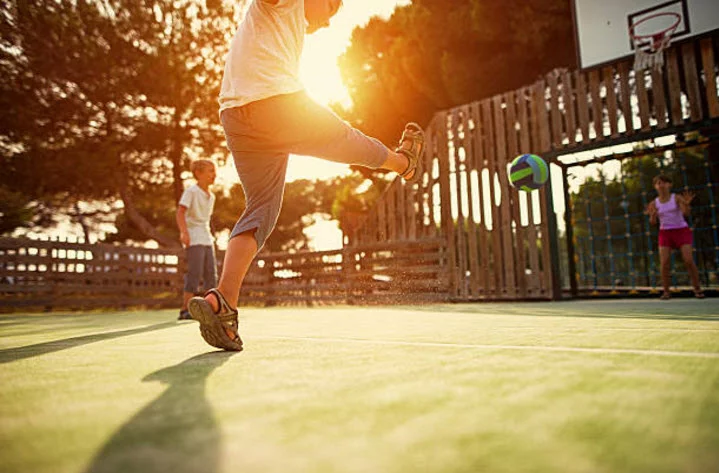Originally posted by: www.parenting.com
Heading to the pool this summer? Avoid these mistakes when your kids are learning to swim to prevent drowning.
With swimming pools across the country opening Memorial Day weekend, it’s time for us parents to make sure we know how to keep our kids safe around water. Drowning is the leading cause of accidental death among children ages 1 to 4 years old, according to the CDC, and sadly, between Memorial Day and Labor Day in 2015, 209 children drowned in swimming pools and another 76 in lakes, according to the United States Swim School Association (USSSA).
While teaching kids to swim can save lives, as parents, we have our own preferences and beliefs about at what age a child should learn and what techniques should be used. No matter your choice, Sue Mackie, executive director of the USSSA, suggests following these guidelines so you’re not putting your kids at increased risk while they’re learning to swim:
1. Don’t be nonchalant about entering the water.
Create a process the child must go through before entering a pool, such as putting on a swim diaper, changing into a swimsuit, and applying sunscreen. “Having a pool routine will teach your child that the pool cannot simply be jumped into at anytime, and it can help reduce the chances that your child might be tempted to try to go swimming without you being aware,” Mackie says.
2. Don’t allow your child to be the one to decide when to enter the pool.
“Create a verbal cue for your child that must be given by you before he or she can enter the pool,” Mackie says. “This creates an additional barrier of entry for your child if used consistently. He or she will learn that jumping into the pool requires permission first.”
3. Never use flotation devices or water wings.
While life jackets are designed to save a child from drowning and should always be worn near open bodies of water like lakes or the ocean, flotation devices and wings can slip out of a child’s grasp or fall off. “This can create a false sense of security around water,” Mackie says. “Instead, teach children how to locate, swim to, and then climb hand-over-hand along the pool wall to a step or ladder where a safe exit can be made from the pool.”
4. Don’t always use goggles with your kids in the pool.
“Teach them to open their eyes under the water so if they fall in they can open their eyes and find the side or a step and leave the pool safely,” Mackie says.
5. Don’t let your fears hold them back from learning to swim.
Do not panic if your child’s face dips below the surface of the pool or transfer feelings of fear to your child if that happens. “For very young children, practice having them put their entire face under water in the bathtub and blow bubbles to build their comfort with water,” Mackie says.
Of course, always keep children under constant supervision around water, install fences and barriers around pools, and know CPR. And enroll your kids in swim lessons when they—and you!—are ready to take the plunge.
In addition to water safety, don’t forget about protecting the overall safety of your child! With our McGruff Safe Kit, you can relax knowing that both you and your child are prepared, and ready for any situation. Order yours today!






